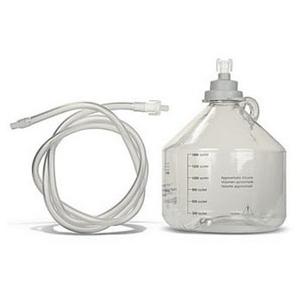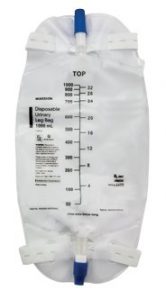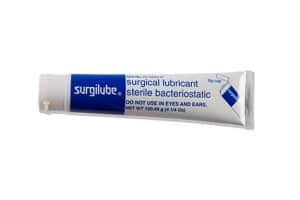For over 100 years, Bard has developed and manufactured high-quality catheters and urological products. Bard products range from Foley catheters, hydrophilic catheters, irrigation trays, leg bags and straps, feeding tubes, and so much more. In 2017, Becton, Dickenson & Co. (BD) acquired Bard; however, Bard catheters and urological supplies are still sold and considered some of the highest quality products offered today.
What did Bard first become known for?
![]() Bard was the first company to sell the Foley catheter invented in the 1930s by Frederic Foley of St. Cloud, MN. This catheter style remains in the bladder for some time to ensure adequate drainage, usually post-operative or short-term. The Foley catheter can stay securely in the bladder with a balloon at the end that keeps the catheter from sliding out when inflated using sterile water. Urine then can drain from the bladder and into a leg bag or other type of collection bag that can be emptied and changed while the catheter remains in place.
Bard was the first company to sell the Foley catheter invented in the 1930s by Frederic Foley of St. Cloud, MN. This catheter style remains in the bladder for some time to ensure adequate drainage, usually post-operative or short-term. The Foley catheter can stay securely in the bladder with a balloon at the end that keeps the catheter from sliding out when inflated using sterile water. Urine then can drain from the bladder and into a leg bag or other type of collection bag that can be emptied and changed while the catheter remains in place.
What are other types of Bard catheters?
Bard Hydrophilic Catheters
Bard hydrophilic catheters have a smooth and slippery surface, making them low-friction and easier to use than uncoated intermittent catheters. One of Bard’s top-performing hydrophilic catheters is the Magic3. The three layers of silicone make this catheter just the right firmness while remaining flexible and smooth. The Bard Magic3 is available in male, female, and pediatric lengths and other convenient styles.
Bard Closed-System Catheters
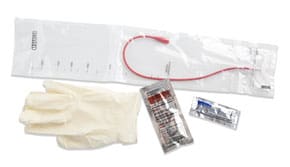 Bard closed-system catheters are designed to be completely touch-free and remain a popular choice. These closed-system catheters are available with a variety of options. You can choose from straight or coude tips, vinyl or red rubber material, or hydrophilic closed-systems. Bard closed-system catheters come in male, female, and pediatric lengths. Using a Bard closed-system catheter can help reduce the risk of bacterial infection that could lead to urinary tract or bladder infections since they offer a touchless catheterization experience.
Bard closed-system catheters are designed to be completely touch-free and remain a popular choice. These closed-system catheters are available with a variety of options. You can choose from straight or coude tips, vinyl or red rubber material, or hydrophilic closed-systems. Bard closed-system catheters come in male, female, and pediatric lengths. Using a Bard closed-system catheter can help reduce the risk of bacterial infection that could lead to urinary tract or bladder infections since they offer a touchless catheterization experience.
Bard Straight and Coude Tip Catheters
Bard straight and coude tip catheter offerings are uncoated and require the use of manual lubrication. If a straight tip catheter causes you discomfort, a Bard coude tip catheter might be an option. Coude tip catheters can help bypass urethral obstructions and reduce any trauma to the site.
One of the most popular Bard straight catheters is the Bard Red Rubber All-Purpose Straight Catheter. It features two opposing drainage outlets and is soft, flexible, and comfortable for those that do not have an allergy to natural rubber latex.
External Catheters
![]() Bard also offers external catheters for both men and women. External catheters essentially eliminate all urethral trauma and can significantly reduce or eliminate urinary infections associated with frequent catheterization. Since these types of catheters are less invasive, they can be a more comfortable option.
Bard also offers external catheters for both men and women. External catheters essentially eliminate all urethral trauma and can significantly reduce or eliminate urinary infections associated with frequent catheterization. Since these types of catheters are less invasive, they can be a more comfortable option.
What urological supplies does Bard offer?
Bard also offers drainage supplies, catheter holders, and insertion supply trays. Having the right urological supplies can make a big difference in the entire catheterization experience. The Bardia Foley Catheter Insertion Tray is an example of a complete system that offers everything needed for safe and comfortable self-catheterization, except for the catheter. These insertion trays can help save time and money.
A catheter holder or securing device can help reduce any trauma to the urethra and bladder. Bard catheter holders can help reduce the possibility of the catheter dislodging and injuring the penis or labia.
Where to buy Bard urological supplies and catheters?
We at Personally Delivered offer a wide variety of Bard catheters and urological products for men, women, and children. It is critical to note that all catheters require a doctor’s prescription and are only sold and shipped upon receiving prescription verification. If you need assistance finding the Bard catheter suitable for your needs, our Product Experts are just a phone call away and ready to help. We are here to make it easy for you!

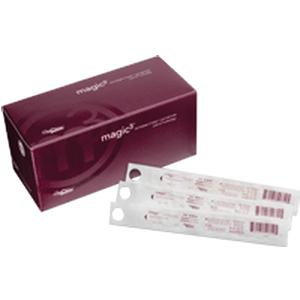
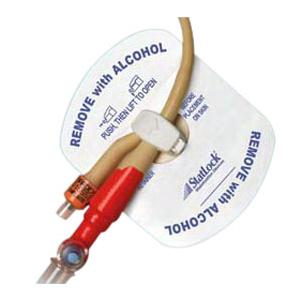
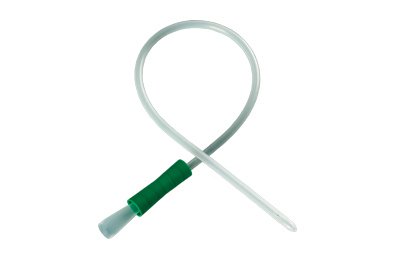
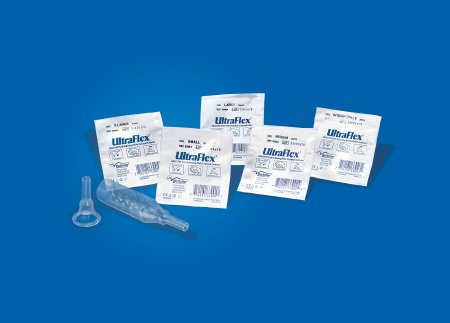




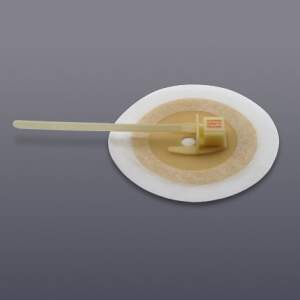
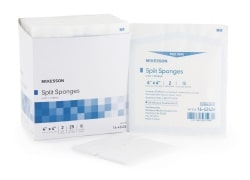
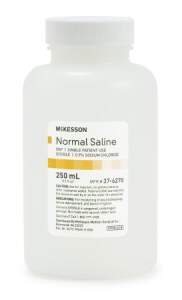
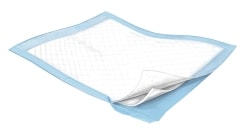










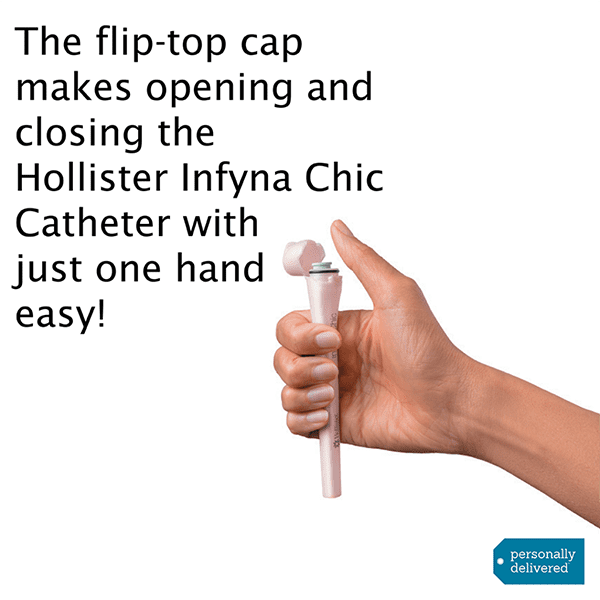
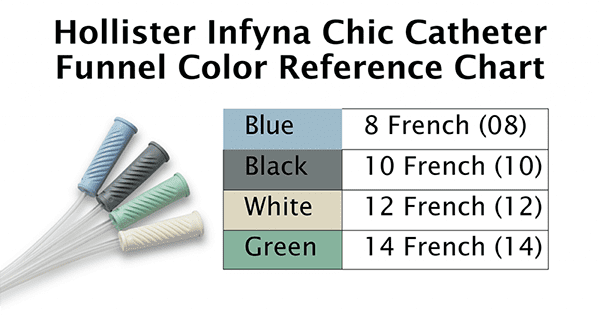

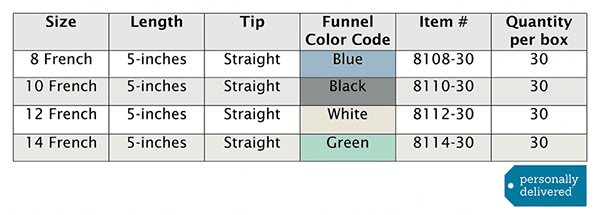
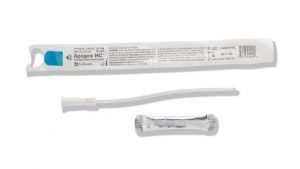
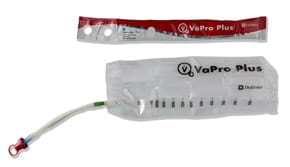
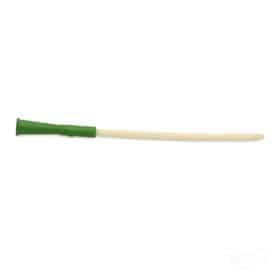
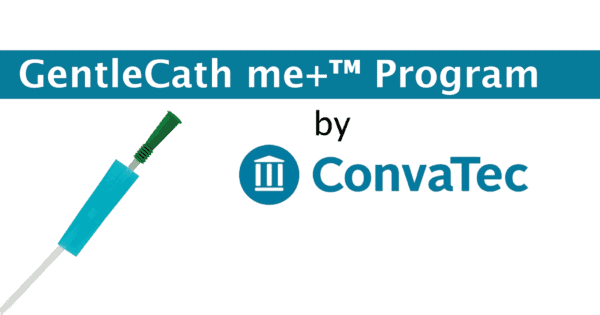
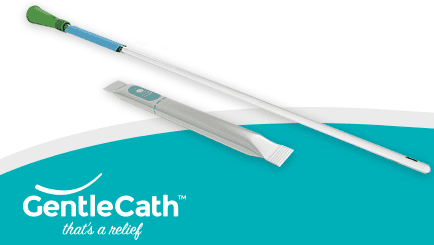





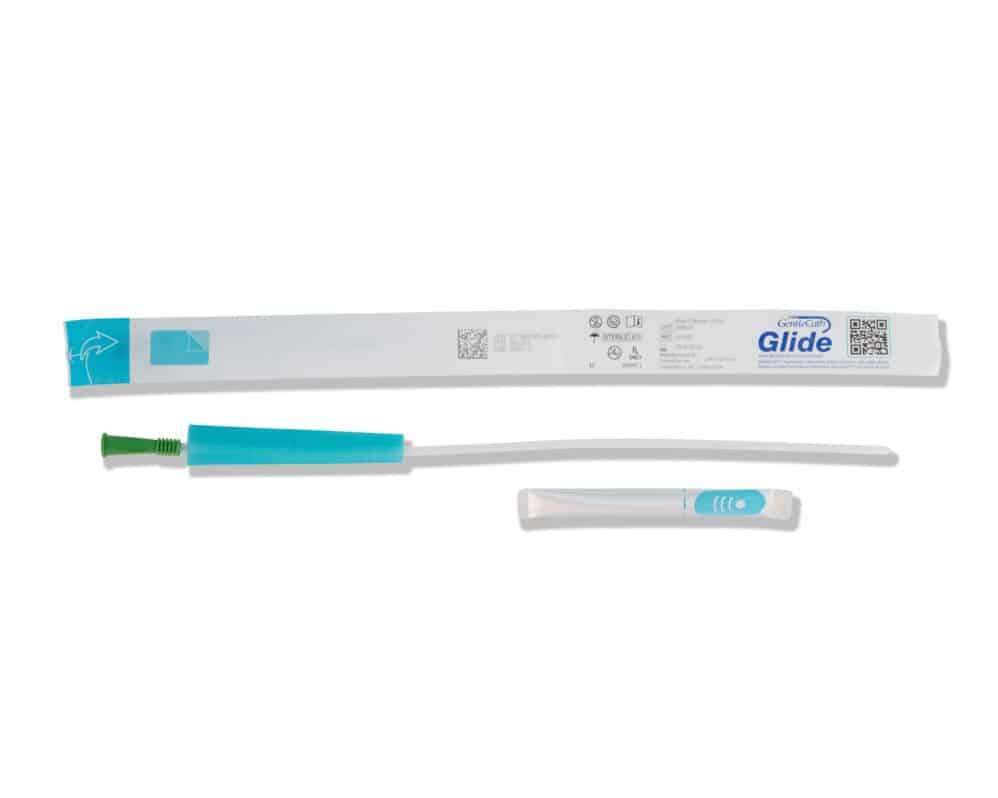


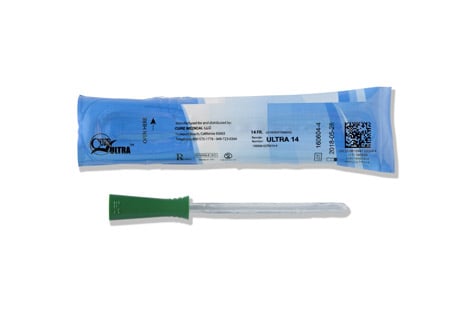
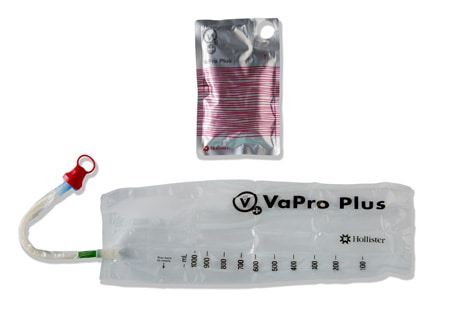
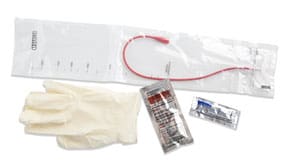

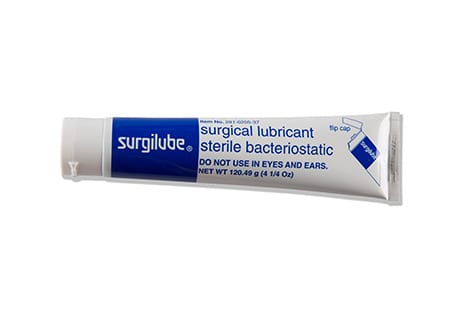

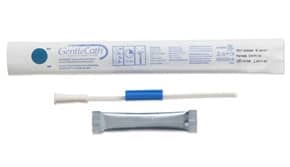

 Yearly mammograms are the best way to detect breast cancer’s early stages when it is easier to treat. The USPSTF recommends women get mammograms at the following ages:
Yearly mammograms are the best way to detect breast cancer’s early stages when it is easier to treat. The USPSTF recommends women get mammograms at the following ages: The American Cancer Society (ACS) recommends people with an average risk for colorectal cancer start regular cancer screenings at age 45. Simultaneously, the U.S. Preventive Services Task Force (USPSTF) advises beginning screening at age 50. Those with an increased risk for colorectal cancer due to family history may need cancer screenings at an earlier age.
The American Cancer Society (ACS) recommends people with an average risk for colorectal cancer start regular cancer screenings at age 45. Simultaneously, the U.S. Preventive Services Task Force (USPSTF) advises beginning screening at age 50. Those with an increased risk for colorectal cancer due to family history may need cancer screenings at an earlier age.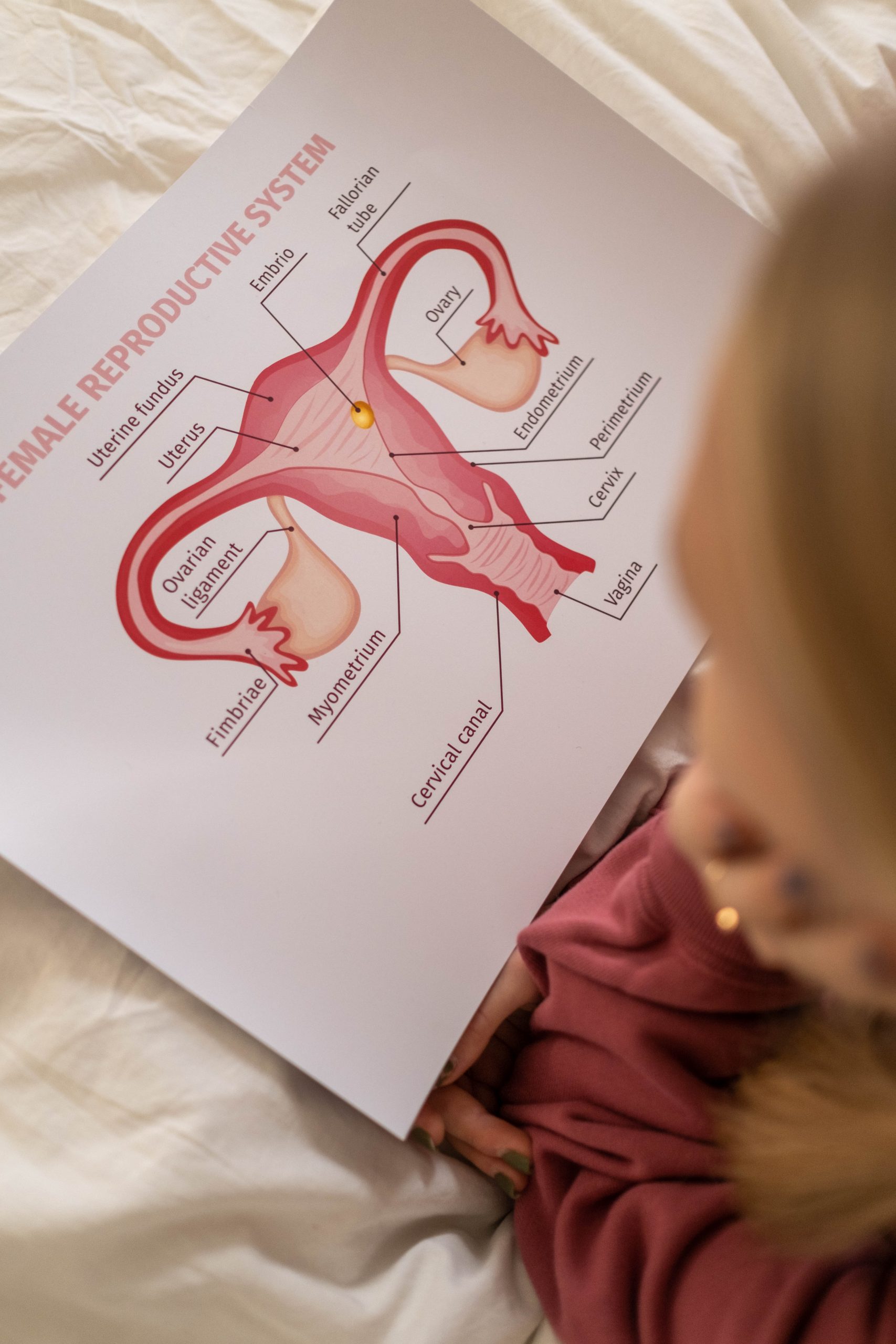 Endometrial cancer forms in the lining of the uterus. Endometrial cancer is often cured by early detection and surgical removal of the uterus. After reaching menopause, women who have abnormal bleeding or spotting should tell their doctors. Your doctor may order cancer screenings to help detect endometrial cancer.
Endometrial cancer forms in the lining of the uterus. Endometrial cancer is often cured by early detection and surgical removal of the uterus. After reaching menopause, women who have abnormal bleeding or spotting should tell their doctors. Your doctor may order cancer screenings to help detect endometrial cancer.

 Frequent or urgent urination
Frequent or urgent urination The goal of treatment for pelvic floor disorder is to reduce symptoms and improve quality of life. After your doctor cannot identify the specific cause, your treatment plan’s focus will be managing the symptoms and pain.
The goal of treatment for pelvic floor disorder is to reduce symptoms and improve quality of life. After your doctor cannot identify the specific cause, your treatment plan’s focus will be managing the symptoms and pain. If non-surgical therapies do not resolve your pelvic floor disorder symptoms, or for more complex
If non-surgical therapies do not resolve your pelvic floor disorder symptoms, or for more complex 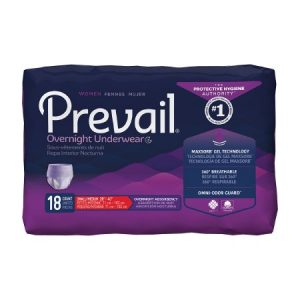
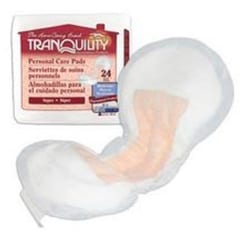


 Please speak to your Personally Delivered Product Advisor or complete our
Please speak to your Personally Delivered Product Advisor or complete our 

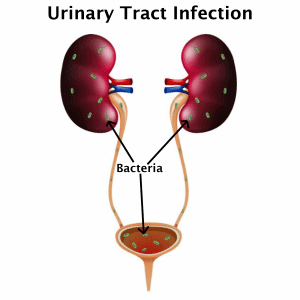

 A
A  Urinary leg bag holders fit like a sleeve that slides up the leg to hold the urinary drainage bag without straps, such as the
Urinary leg bag holders fit like a sleeve that slides up the leg to hold the urinary drainage bag without straps, such as the 

